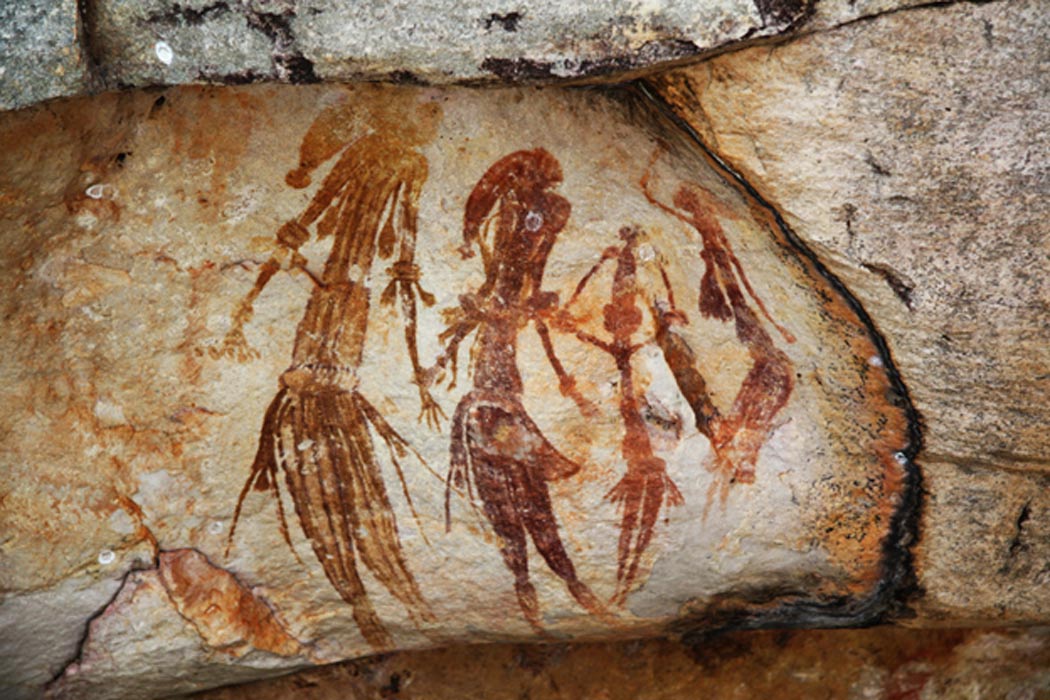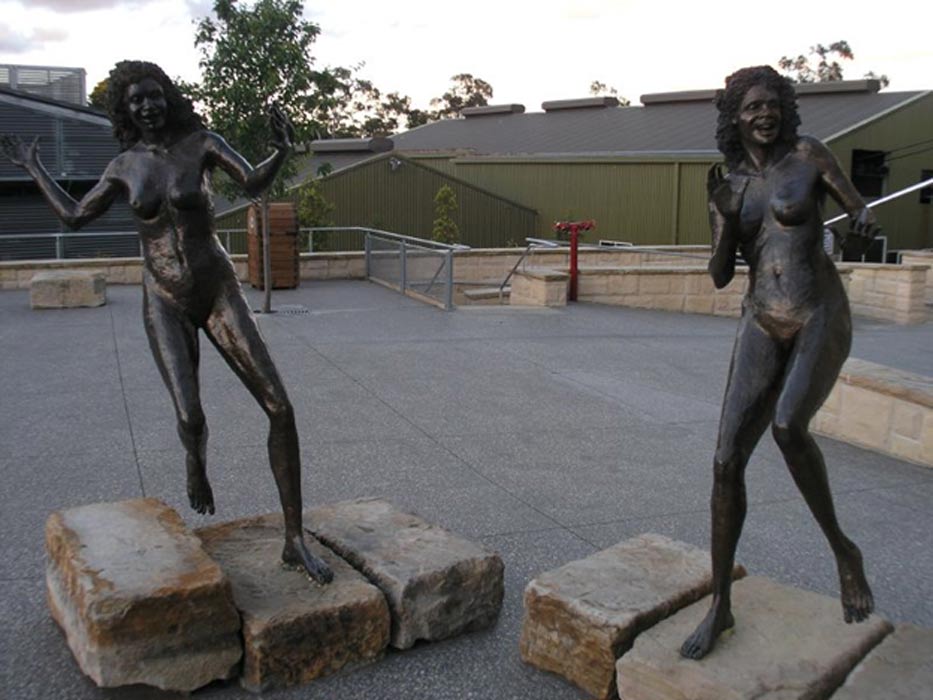
The Dreamtime Legend of the Three Sisters and Petrification in Ancient Mythology
There is an unusual rock formation in the Blue Mountains, New South Wales, Australia, on the north escarpment of the Jamison Valley. The three rocks stand close to the town of Katoomba and are one of the Blue Mountains’ best known sites, each towering above 900 meter (nearly 3000 foot) -heights. These three rocks, known as “the Three Sisters” seem to capture the sunlight and remain full of colors throughout the day. Even at night time, they look golden against the backdrop of the dark sky.

The Three Sisters, Blue Mountains, NSW Australia (Flickr/CC BY-ND 2.0)
The Three Sisters is recognized as a site of special cultural, social and historic significance to the Aboriginal community of the Gundungurra, Wiradjuri, Tharawal and Darug tribes. Considered a mythical place, the area down into the valley below the three rocks was used as a ceremonial space and the legend of how the Three Sisters came to be became one of the first popular legends that attracted visitors’ imaginations.
The Myth of the Three Beautiful Sisters who Turned into Stones
A Dreamtime aboriginal legend tells the story of three beautiful sisters named Meehni, Wimlah and Gunnedoo who lived in the heart of the Jamison Valley as part of the Katoomba tribe. Unfortunately, although the law of the land forbade the girls from marrying outside their own people, they were in love with three brothers from a neighboring tribe.

Indigenous Australian rock art. Bradshaw rock paintings. (CC BY-SA 2.0)
The brothers decided to abduct the girls and carry them away to be wed, forcefully taking them away from their family. They formed an army and a major battle ensued as the two tribes clashed. Many people were killed because of their forbidden loves.
A kind elderly witchdoctor from the Katoomba tribe feared for the safety of the beautiful sisters, so he casted a spell to turn them into stones and keep them safe from harm. However, the witchdoctor was killed in battle and none of the survivors were able to reverse the spell. Therefore, the sisters forever remain as rocks, beautiful yet condemned to stand mournfully, high above the Jamison Valley, never able to return to the human form—a reminder of this battle for generations to come, and for the Aboriginal youths to be careful in love and marriages, as they would not only affect the two lovers, but their families and tribes as well.





